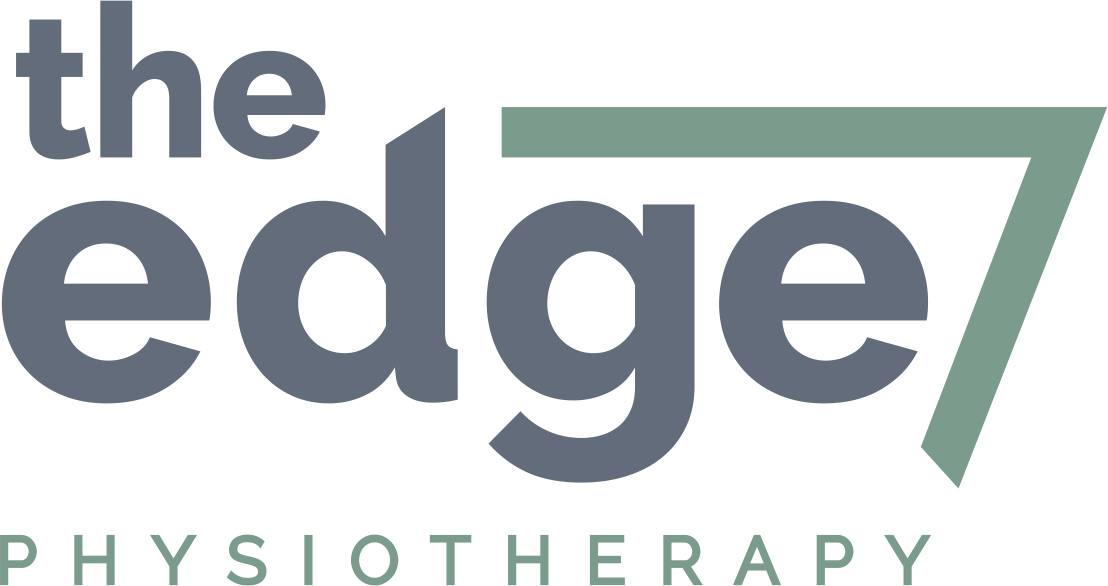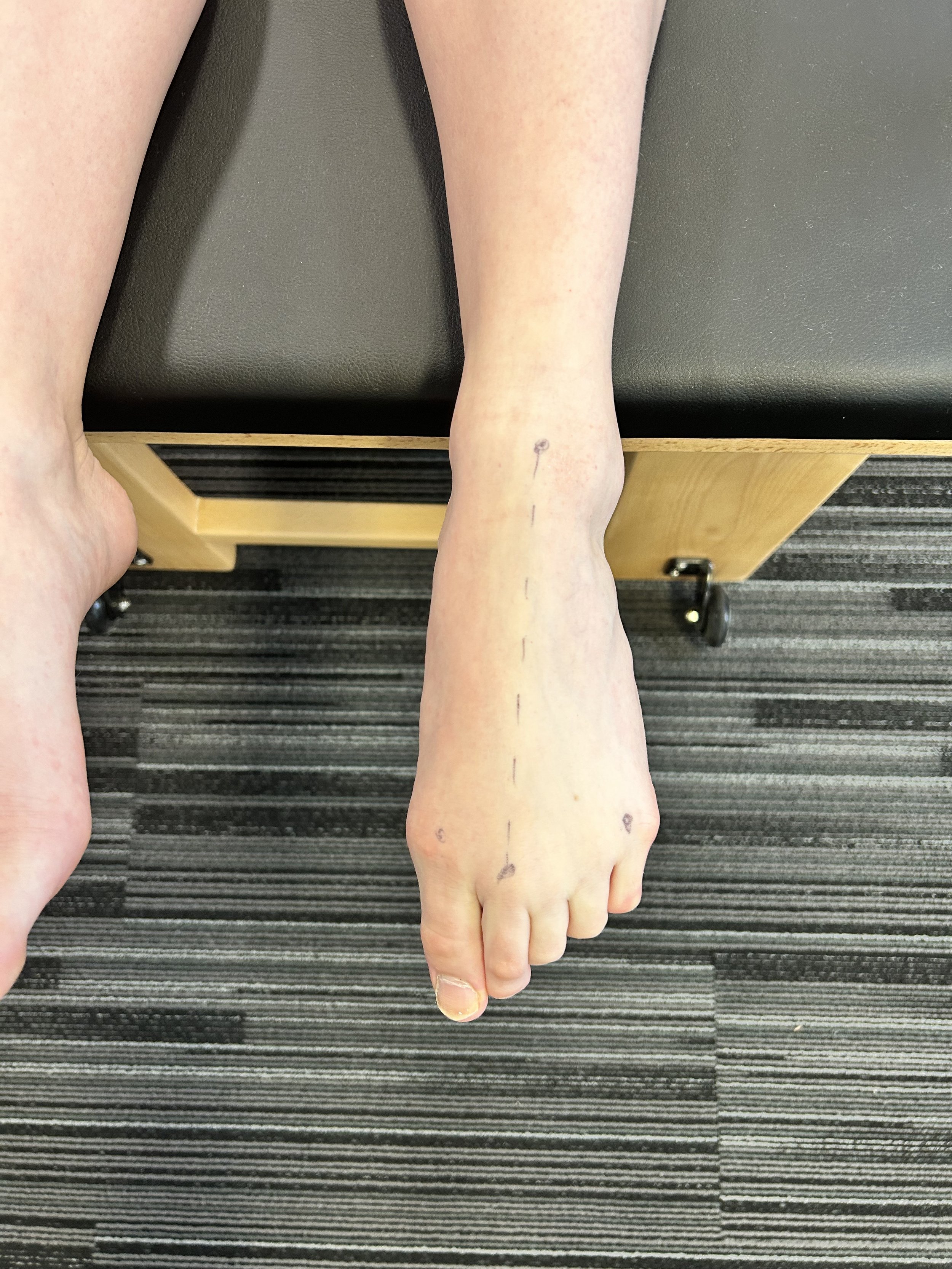“if a student can’t point their foot properly, will they ever go onto pointe work?”
The mechanics of rising onto pointe are unique to the sport of ballet, and without a doubt, having a decent amount of pointe range is paramount to success. For ballet and pointe work, it can come down to how you are designed, as some dancers have a more advantageous foot shape that lends itself better to pointe work. For example, people with higher arches often have difficulties with pointe range. With this is mind, while pointe work may be a possibility for some, for many it isn’t suitable.
Interestingly, you’ll find that different therapists and schools measure pointe range in different ways. For example, a school in New Zealand I worked with asked me to assess a potential students pointe range by measuring from the inside of the ankle while other schools measure from the outside of the ankle. You’ll find that the anatomy of the ankle and foot allows for more range on the outside of the ankle. From my experience and having worked with different schools and athletes, I have found that true pointe range is measured at the Talocrural joint which you can measure using a pen/pencil over the front of the joint in full plantarflexion non-weight bearing. That way, you won’t find errors with increasing fifth Metatarsal hyper mobility or midfoot mobility.
My advice for students, parents and dance teachers is that optimal pointe range for ballet is 0 degrees, and at a minimum -5 degrees. Without it the student will likely use other muscles such as the Flexor Hallicus Longus (Big toe flexor) more than they should to compensate which can result in overuse injuries.
If you aren’t sure or are struggling with your pointe range I conduct dance assessments and pointe assessments at my studio in Bowral.
Assessing true pointe range in neutral ankle alignment

